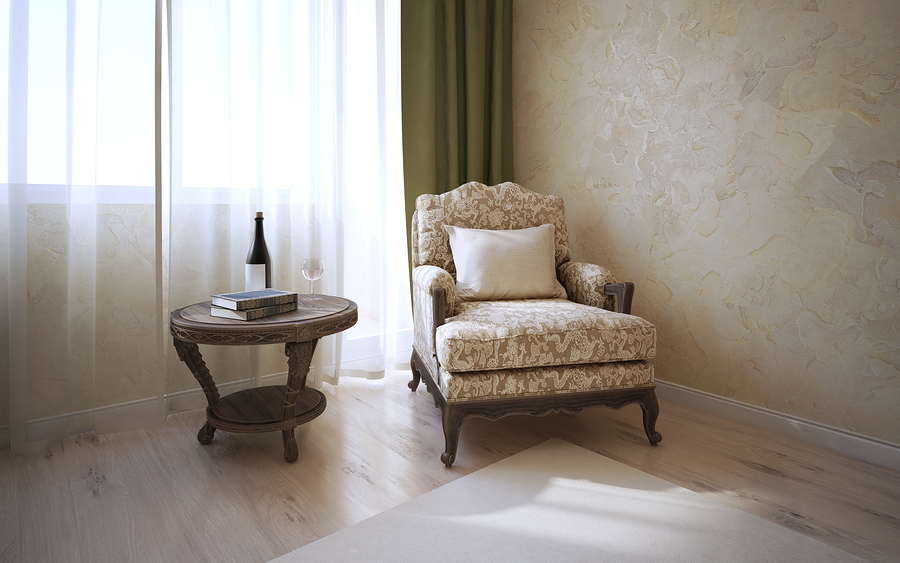Differences Between Faux Venetian Plaster and Venetian Plaster
Originally used as a décor for Roman palaces, Venetian plaster gradually became the standard material for both residential and formal architecture. Using Venetian plaster is a great way to decorate both interior and exterior walls. It’s more durable than paint, looks great, comes in various colors and is a popular way to decorate. Read on to learn about more of the differences between the real and faux finishes.

Acrylic vs. Lime Real Venetian plaster is made out of limestone, ground marble dust and natural or artificial pigment. Faux Venetian plaster is made out of acrylic and natural or artificial pigment. It is meant to replicate Scagliola, which is an Italian plaster technique that has been used for hundreds of years. This technique resulted in a product that felt and looked like real marble.
Availability Authentic Venetian plaster recipes are handed down from generation to generation, within Italian artisans and craftsmen. This means that there are very few people that can manufacture authentic Venetian plaster. Because it is hard to come by, faux Venetian plaster is often used in place of the original lime blend.
Cost True Venetian plaster is made up of at least 40% marble dust and expensive pigment, making authentic Venetian plaster very expensive. Add to that the limited availability, which also creates a high cost, making faux Venetian plaster an option for many homeowners.
Application Technique The traditional method of applying Venetian plaster is to apply it layer after layer with a trowel and then polishing it to provide an illusion of texture and depth. The plaster must dry thoroughly between each layer. The wall must be completely smooth prior to beginning the application process. Faux Venetian plaster is applied with a spatula. Both materials can be sanded smooth to look like marble, or have texture to look like stone.
Installation Time The traditional Venetian plaster process is very timely, because it requires so many layers, with long periods in between each layer to allow the plaster to dry thoroughly. Faux Venetian plaster can be put up in a fraction of the time.
Durability Faux Venetian plaster is basically a thin coating, up to about three layers, of tinted plaster. True Venetian plaster is done in many, many layers, thus it is thicker and does not damage easily. Faux Venetian plaster is kept as an inside wall treatment whereas true Venetian plaster can be used on interior and exterior walls because it is much thicker and more durable.
Faux Venetian plaster is an artful way to decorate both interior and exterior surfaces. It imparts old world charm, discrete sophistication and a look of elegance. At the same time, it does not have the high cost, long instillation time or contain lime.
Source: https://www.doityourself.com/stry/the-differences-between-faux-venetian-plaster-and-venetian-plaster
If you are looking for plaster installation, repair, and replacement in Ashburn, VA, then contact Worldgate Plaster & Stucco for professional and experienced service. Contact us for all your plaster services today!

